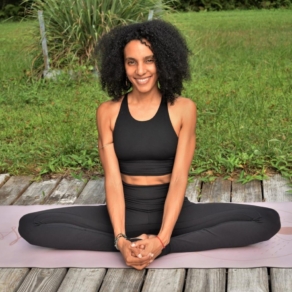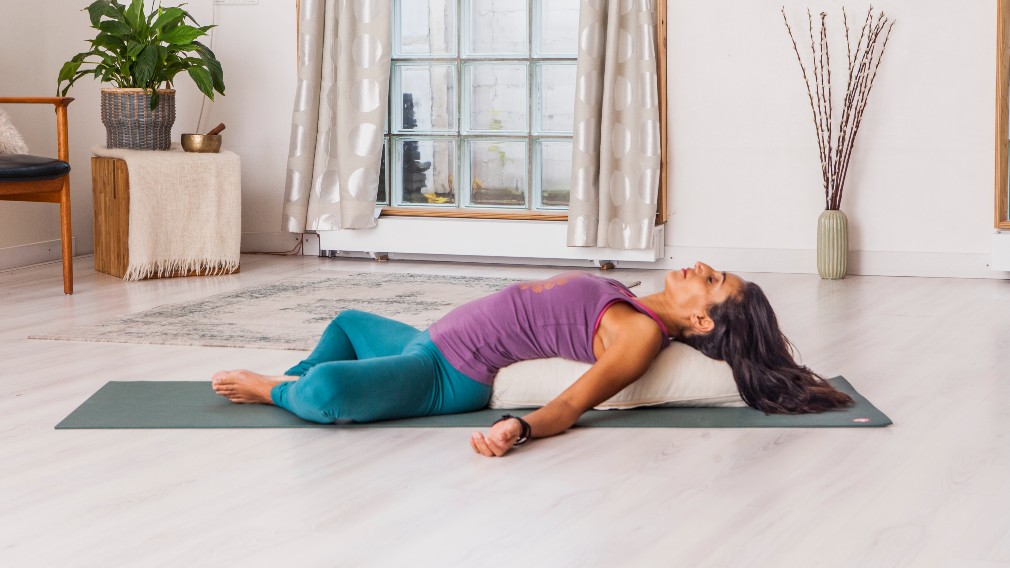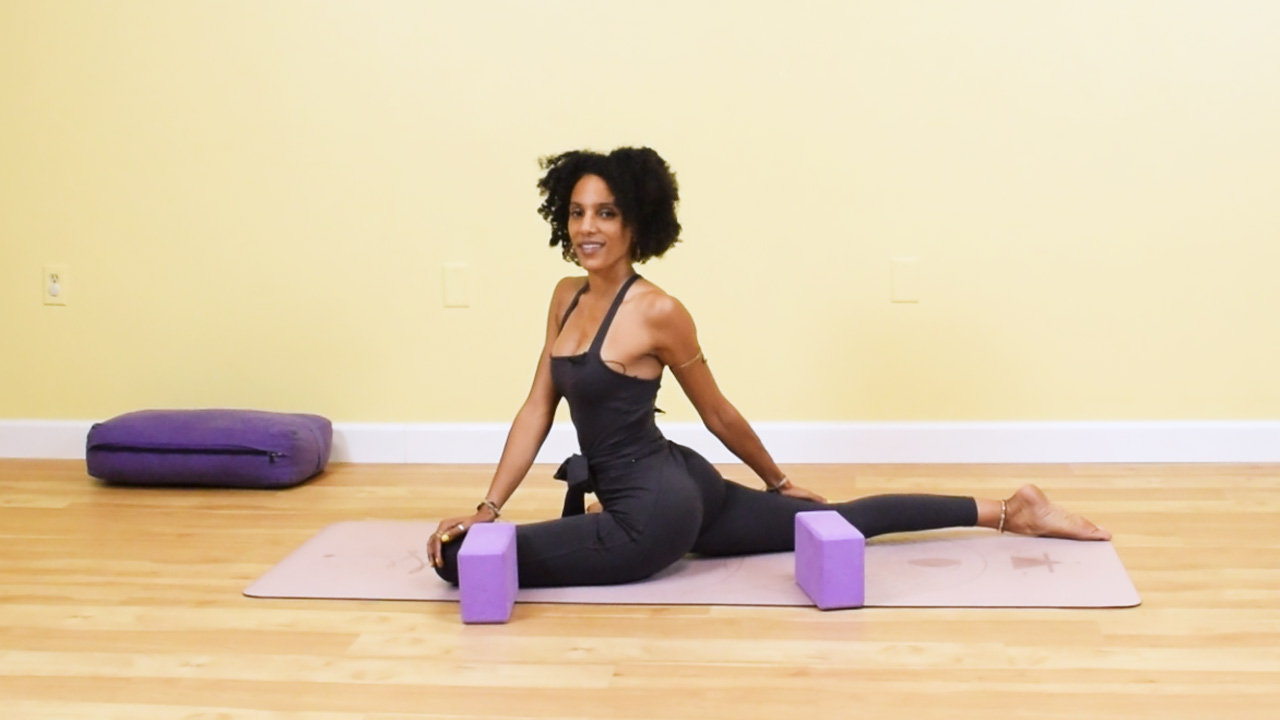TRIGGER WARNING: This article touches on subjects of illness, disease, pain, and mental health.
Note: “Chronic illness” is a broad term used to describe several conditions, disorders, disabilities, and diseases that have varying symptoms and required treatments. The impacts of chronic illnesses also vary. Some chronic illnesses are present at birth while others develop later in life.
Globally, 1 in 3 adults live with at least one chronic condition, and more people are affected by these illnesses every year.
Chronic illnesses include cancer, diabetes, heart disease, spinal cord injuries, Crohn’s disease, Lupus, psoriasis, etc. This article is written from my experience and perspective. In no way do I intend to represent every person, chronic illnesses, experience.
I was diagnosed with Crohn’s disease after getting married. I had left my native land of Catalonia to live in America with my partner. At the time, I remember being overwhelmed with pain, discomfort, and uncertainty. So, I began to dive deeper into yoga, not as the physical practice that I had deemed it to be, but as the wholesome, inclusive, accessible, and potentially life-changing tool that it was designed to be.
I had been practicing yoga asana for several years on and off. I found it fun and invigorating. Yoga made me feel less scattered, since during those 60 to 75 minutes I had no other option but to be present with my body and with myself, and the more often I practiced, the longer I could stay present after yoga class ended. After my first Crohn’s flare up, there was no room for vinyasa flows, headstands, or crow. So, after a short period of anger and denial resulting from the feeling that my body couldn’t perform “as it should”, I was blessed with the opportunity to dive deeper into other aspects of yoga. While researching complementary treatments for my disease, my partner suggested meditation as it had helped him through his own health challenges. I decided to give it a try.

What fascinates me about chronic illness is that on any given day I can feel incredibly powerful, present, and ready to take on the world. But the next day, I might not have enough energy to get through the day doing the bare minimum. When I realized yoga (physical, meditation, or breathwork) improved my symptoms, it became clear I ought to practice daily. It became essential, non-negotiable, like getting enough sleep, or taking time to walk in nature, read, or play video games weekly. A daily yoga practice is a true commitment. Many of us become overwhelmed by our lack of time or struggle to manage the time we do have. With chronic illnesses, the possibility of feeling unwell adds to the stress of undertaking such a commitment.
I choose to make yoga a priority in my life because it gives me a chance to check in, remove all the noise, and gain perspective. When I practice every day, I can observe my patterns, habits, inner dialogue and how I interact with myself and the world. Therefore, I can often regulate the symptoms of my illness with awareness and lessened anxiety.
Yoga and chronic Illness – 4 points to consider
Here are a few points to consider if you have a chronic illness and would like to implement a daily practice of yoga:
1. Movement is important, but not indispensable
When a Crohn’s flare up begins, I can forget what it’s like to feel good. Hence the importance of moving my body whenever I’m able to. This can be done via one-hour vinyasa classes or even a few sun breaths while laying down in bed. Movement releases endorphins and relieves stress by clearing stagnant energy. Movement enhances proprioception and increases balance, strength, and muscle tone. So, when you can, move as much or as little as needed. It can be easy to fall into the trap of feeling like you need to do more. But when you learn to check in with yourself and listen to your body, doing only what you have the capacity for becomes easy.
2. Meditation is key
Whether I’m experiencing symptoms or feeling great, having a regular meditation routine allows me to be consistent with my yoga practice. Meditation requires mental effort rather than physical energy. I can make time for meditation, even if I feel drained, by setting an obtainable goal of 10 to 15 minutes a day. It’s not about blanking the mind, but rather witnessing thought patterns, inner dialogues, and emotions with the intention of being the observer.
When done first thing in the morning, meditation and breathwork (pranayama) are great ways to check in with oneself. If I observe my mind often enough, I can gain perspective on what activates or relaxes me. I gain perspective on what’s working in my life and what isn’t. If I learn to regulate my breath when I am calm and in a safe space, I can also learn to regulate it when things get stressful.
For help maintaining a regular meditation practice try our 20 Mindful Minutes program with Esther Ekhart
3. Journaling can be a tool for awareness
Journaling is one of my favorite ways to enhance and keep track of the awareness that I develop through meditation and pranayama. Depending on what chronic illness you live with, you may need different journaling prompts. To gain perspective on what aggravates symptoms, consider what parameters you could track, and what can alleviate symptoms or bring you comfort.
Some prompts include:
• How does my body feel right now?
• What worries do I have?
• What is bringing me joy?
• What is working in my life?
• What is not working in my life?
• How do I want to feel?
• What is one thing I can do today to get closer to how I want to feel?
The more I can connect with how I feel, the easier it becomes to express my feelings through journaling. The more I journal, the easier it becomes to see when I am falling off balance and into patterns that don’t serve me and can potentially bring distress into my life.
4. Redefine what it means to be productive
In a society that expects us to be 100% functional at all times, living with a chronic illness can be overwhelming. It’s important to prioritize self-care, rest, and compassion toward yourself whether you work full-time, are self-employed, stay at home raising your children, or live with disabilities. Consider self-care as another way of being productive. Your well-being should be a priority in your life. When yoga becomes a part of your self-care regimen, you will learn to identify signs and behaviors that will serve as reminders for you to focus on your health and establish better routines to stay present and feeling good.
“Consider self-care as another way of being productive. Your well-being should be a priority in your life.”
During 2020, when the global pandemic was at its peak, I found a new appreciation for the tools of yoga and meditation. As the world unraveled and the physical and mental health of many were affected, I found comfort in knowing that the tools that I develop daily on my mat and on my meditation cushion, are resources that I can use when life gets rough. These tools are not only useful to manage my illness, but also my life.
Having a chronic illness has given me insight to the fluid and ever-changing nature of life, to the ultimate truth that change is the only constant. Practicing yoga and meditation is, in my humble opinion, an excellent way to cultivate resilience, awareness, and calm, no matter what goes on in my body, my life, or the world around me.
We cannot choose the circumstances that we are born into. We cannot choose what diseases, conditions, or disasters we will face. But we can establish practices, build support systems, and form routines that will help us endure the challenges of life with power and love.
Practice with me
With the use of props to make this practice accessible to most, we will move through poses that will help you feel grounded, relaxed, and present. This class is perfect for those with reduced mobility that can benefit from remaining on the floor, starting with slow movement and followed by a few Yin-style poses.
Related
- Practice asana, pranayama and meditation with Laia in Amrita: become a nectar collector
- Read How to deepen your yoga practice
- Read 3 self-care practices in an uncertain world


